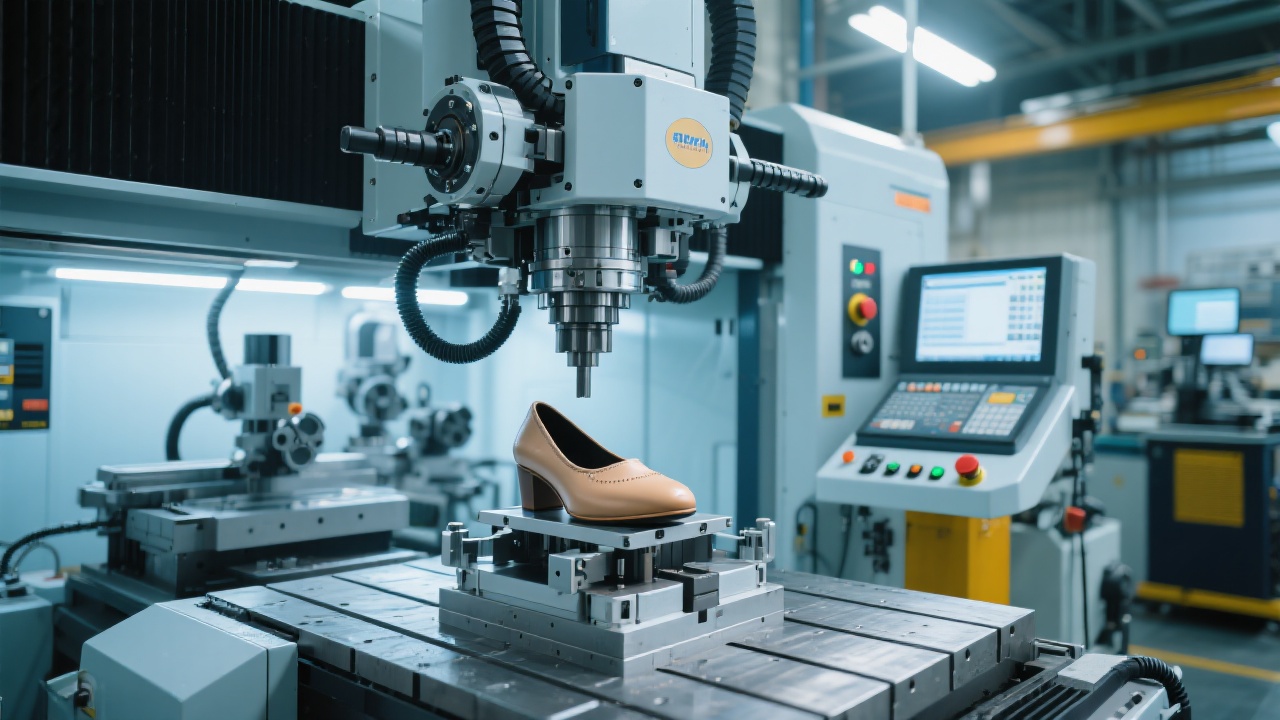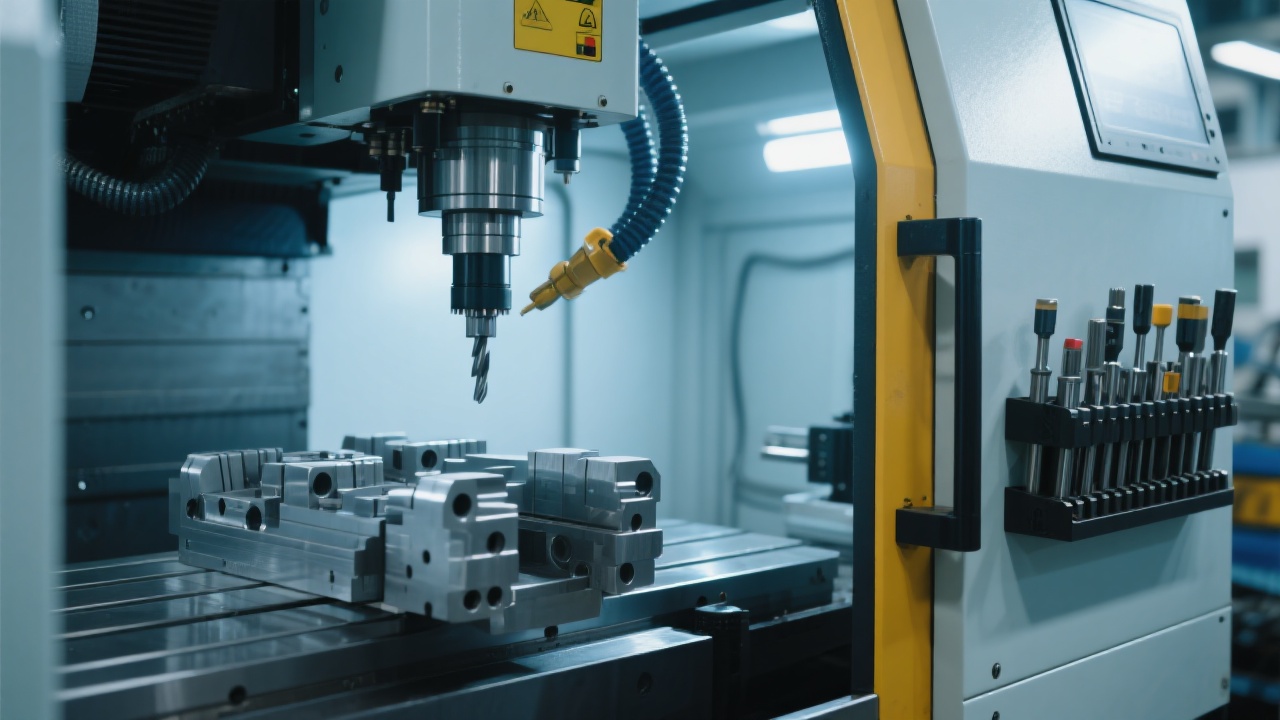
In the shoe mold manufacturing industry, frequent tool changes often lead to equipment downtime, significantly affecting production efficiency. As a professional in the field of CNC machining, I understand the pain points of shoe mold manufacturers well. That's why today, I'll delve into the full - process debugging method of the arm - type automatic tool changer (ATC) in the Ningbo Kaibo CNC DC6060A five - axis shoe sole mold milling machine.
Let's start with the current situation in the shoe mold manufacturing industry. Frequent tool changes mean more machine stops, which directly reduce the equipment's utilization rate. An efficient ATC can solve this problem. It's like a well - trained team of waiters in a busy restaurant. While the chef (the machine) is working, the waiters (ATC) quickly and accurately bring the right tools, ensuring continuous and high - speed processing. According to industry statistics, shoe mold manufacturing enterprises with ATC can increase their production efficiency by about 30% compared to those without it.
The arm - type tool magazine is a key part of the ATC. It has a unique structure compared to other types of tool magazines. Unlike the chain - type tool magazine, which is suitable for large - scale tool storage, the arm - type tool magazine is more compact and faster in tool - changing speed. It's like a sprinter in the tool - changing world. The following is a comparison table of the performance of different tool magazines:
| Tool Magazine Type | Storage Capacity | Tool - Changing Speed | Suitability |
|---|---|---|---|
| Arm - Type | Medium | Fast | Frequent tool - changing scenarios |
| Chain - Type | Large | Relatively slow | Large - scale tool storage |

Now, let's talk about the core part: tool - changing parameter settings, tool position calibration, and path optimization. When setting the tool - changing parameters, we need to be as precise as a watchmaker. Small errors can lead to tool - changing failures. For tool position calibration, we can use some simple but effective methods. For example, we can use a dial indicator to measure the position of the tool, just like a navigator uses a compass to find the right direction. As for the tool - changing path optimization, we should make the tool - changing process as smooth as a well - choreographed dance. By optimizing the path, we can reduce the tool - changing time and improve the overall efficiency.

During the operation of the ATC, problems such as tool - changing failures and tool position offsets may occur. Here is a table of typical fault diagnosis and solutions:
| Fault | Possible Cause | Solution |
|---|---|---|
| Tool - changing failure | Incorrect parameter settings, mechanical failures | Check and adjust parameters, inspect mechanical parts |
| Tool position offset | Loose screws, wear of guide rails | Tighten screws, replace worn parts |
Let me share a real - world case. A shoe mold manufacturing company used to have long production cycles due to frequent tool changes. After implementing the ATC of the Ningbo Kaibo CNC DC6060A five - axis shoe sole mold milling machine and following our debugging methods, their production efficiency increased by 35%, and the equipment's continuous operation time was extended. This shows that a well - debugged ATC can bring significant benefits to enterprises.

As an expert in this field, I've seen many enterprises benefit from the proper use of ATC. If you want to master more in - depth knowledge about the ATC debugging of five - axis milling machines, immediately get the PDF version of the "Five - Axis Milling Machine ATC Debugging Manual". It contains more detailed operation guides and technical insights, which will surely help you improve your production efficiency and equipment utilization rate.

